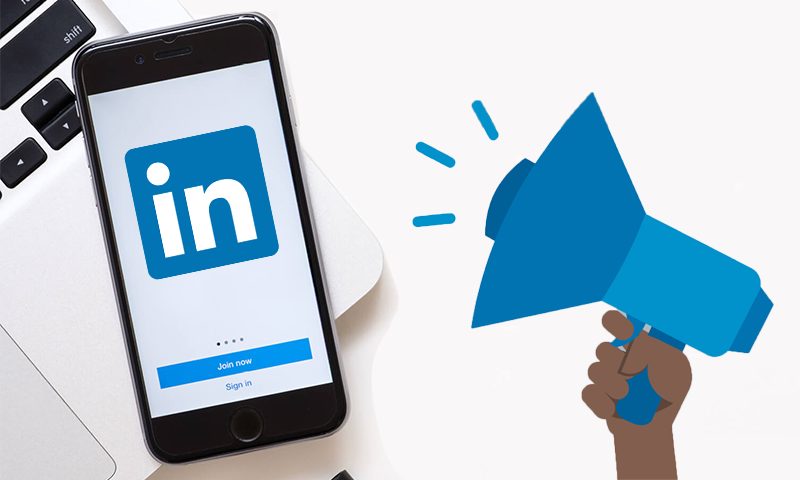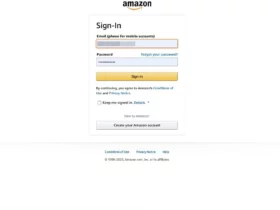Nonprofits, like any other business, must market themselves.
Why? To raise awareness of their mission and encourage supporters to contribute to the cause.
However, nonprofits confront more challenges in marketing themselves than profitable enterprises. It is because they lack marketing knowledge and resources.
At least 20% of nonprofit marketers say that lack of marketing and advertising budget is a major issue for them.
This blog will discuss some practical and simple strategies for nonprofit organizations to market themselves.
Why Is It Important For Nonprofits To Market Themselves?
The benefits of marketing are many for nonprofits. They need to create awareness, recruit volunteers, and raise funds. All of this is not easy without marketing.
The following are a few reasons that highlight the importance of nonprofit marketing:
- Increase brand recognition and credibility
- Spread the organization’s message and mission
- Increase revenue by attracting new donors
- Retain current contributors to keep marketing costs low
- Communicate with current contributors and keep them up to date on the latest campaigns and fundraising activities
- Expand their network and build strong relationships
7 Marketing Strategies For Nonprofits
Understanding the importance of marketing is not only enough for nonprofits. To attain their full potential, they need an effective marketing strategy.
Here are some great marketing strategies for nonprofit organizations to help them reach their objectives. These strategies are appropriate to position nonprofits for growth, regardless of size.
Create Engaging Website Content
Anyone making their first donation will visit a nonprofit website. The website content should be informative and educational to donors.
It should define the business’s objective, what it stands for, and how donor funds are used. A nonprofit website can help increase brand awareness, credibility, and trust among supporters.
Here are some suggestions to help Nonprofits create appealing website content:
- Use visuals wherever possible.
- Include donor testimonials to increase credibility and trust.
- Include the recent current press releases to keep visitors up to date.
- Incorporate CTA (call to action) elements.
- Include case studies and success stories.
- Add a blog section to your website to attract visitors and educate them.
- Make your website mobile-friendly.
- Make your website accessible in multiple languages for global visitors.
Leverage Email Marketing
According to the Campaign Monitor website, the average open rate for nonprofit emails is 26.6 percent, compared to the universal open rate of 16.97 percent for all emails.
Email marketing is the most cost-effective strategy for nonprofits to market themselves with limited marketing resources. According to the M+R Benchmarks Report, nonprofits raised $78 for every 1,000 emails sent.
Email marketing also helps nonprofits in engaging and communicating with their current contributors.
They can keep them informed about the latest events and initiatives. For nonprofits, starting an email newsletter is the ideal way to educate and enlighten potential contributors about the cause.
But only 69 percent of organizations globally publish an email newsletter regularly according to the Nonprofit Tech for God report.
Nonprofits should do the following to make the most of email marketing:
- Make emails mobile-friendly.
- Send case studies via email newsletters.
- Add a “contribute” button and social networking icons.
- Customize email campaigns
- Experiment with different subject lines.
Get Started With Social Media
Social Media serves as a quick and cost-effective way for nonprofits to reach a wider audience. 29% of online donors say that social media is the communication tool most inspires them to give.
It helps nonprofits engage with supporters, promote fundraising initiatives and increase brand awareness.
Nonprofits Source Report says that 55% of people who engage with nonprofits on social media take some action.
Nonprofits may raise funds through social media by organizing Facebook fundraisers and adding Instagram donation buttons. They may also use social media to inform, entertain, and educate their target audience.
Google Ad Grants
Nonprofits use Google Ad Grants to create awareness, promote fundraising campaigns, attract contributors, and recruit volunteers.
But, before we get into how nonprofits might use Google Ad Grants, it’s crucial to understand what they are.
The Google Ad Grants initiative offers nonprofits up to $100,000 per month for free search advertising.
However, these grants are exclusively available to a selected group of nonprofits.
Nonprofits who qualify for Google Ad Grants can use it to do the following:
- To seek donations
- Create a donation or subscriber list.
- Educate the public about the issues
- Recruit volunteers
- Run social media campaigns for upcoming events
Engage In Cause Marketing
Cause Marketing is the collaboration of a business with a nonprofit organization. This partnership is beneficial to both parties.
How?
The partnered company offers its products and services for a good cause, and the proceeds benefit the nonprofit organization.
Partnering enterprises can enhance sales and reputation while a charity organization gets money and exposure.
For example: Lyft, a prominent cab-riding and rental company, collaborated with Bread of Life to guarantee that its staff continued to provide essential services to thousands of individuals across the United States during the epidemic.
However, before engaging in cause marketing, nonprofits should consider a few factors and ask some tough questions, such as:
- If the partnering company reflects the values that the nonprofit company promotes?
- How do both companies profit from this?
- They should pay close attention to legal factors if any.
Partner with influencers
Influencer marketing is the most efficient way for nonprofits to raise funds and expand their reach.
Spending on influencer marketing is predicted to increase to $4.14 billion in 2022, up from $3.69 billion in 2021.
The benefits of influencer marketing for nonprofits include increased credibility, brand exposure, and reaching the target demographic.
Here are a few examples of how nonprofits can leverage influencer voices:
- Raise awareness about the issue
- Promote fundraising campaign
- Create content to educate the audience
- Amplify fundraising appeal
When choosing influencers, nonprofits should consider the following:
- The goal of collaborating with influencers: reach a larger audience, generate more donations, or encourage action?
- Influencers with a specific target audience
- Influencers who are personally invested in the cause
Make use of event marketing
Nonprofits may market themselves by organizing online and offline fundraising events.
92% of virtual and in-person event attendees indicate they are likely to give during the event. However, one of the most common fears among organizations is marketing their events.
They may use social media to spread the word, collaborate with influencers, and create online ads.
They may use email marketing to keep existing and potential donors up to date on the latest events.
Submitting press releases is also a great way to make the audience aware of fundraising events.
Get Ready To Market Your Nonprofit
Nonprofits that want to grow and spread awareness about their cause can use the marketing strategies for nonprofits outlined above.
As there is no one-size-fits-all strategy for each organization, nonprofits must determine their target demographic and set marketing goals. It will be hard for them to attain their goals without it.
Nonprofits can also use fundraising platforms like Donorbox to understand their donors better. Based on donor information, nonprofits can design targeted marketing campaigns and raise more funds.













